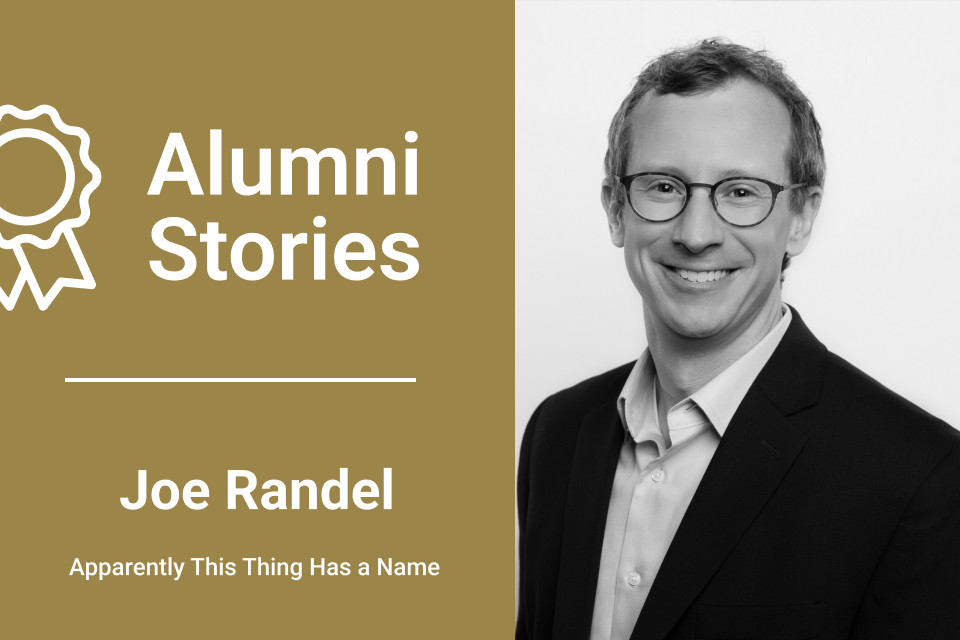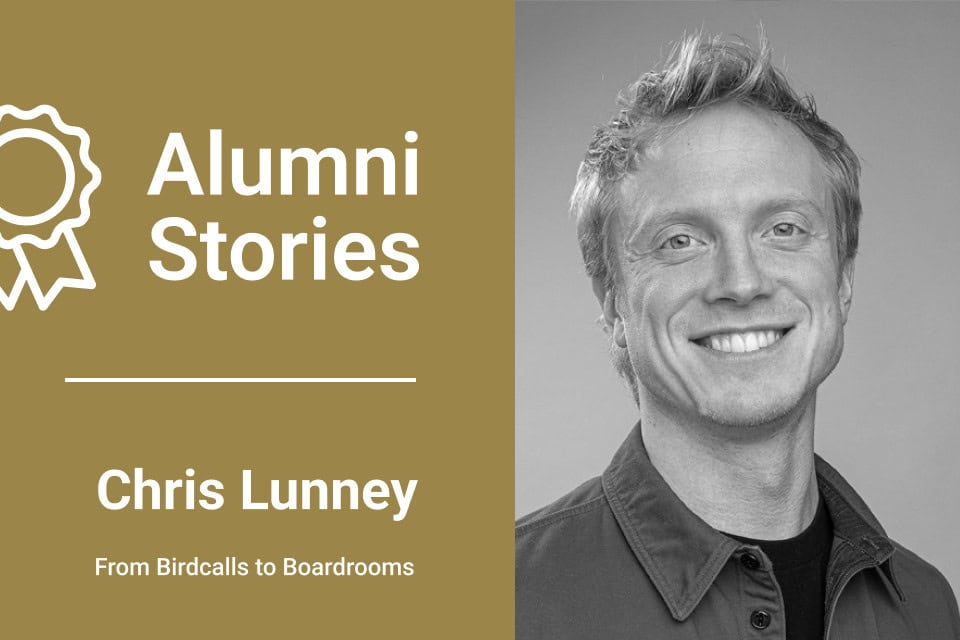How I turned community roots, storytelling instincts, and a beginner’s curiosity into a facilitation superpower
I grew up in San Jose, California, in a big Filipino family that knows how to throw a party. Like, really throw a party. These gatherings weren’t just any backyard barbecues—they were full-blown community events built around a celebration called Sinulog, honoring the Holy Child, Santo Niño. It was a mix of food, faith, and family, but for me, it was also about the stage. Starting when I was just a kid, my family would have me emcee or perform dances at these events. One year, I was front and center doing choreography. Another, I cracked jokes and kept the flow going as the MC.
Even though I’d always considered myself shy, my family saw me as outgoing. I think because I could get up in front of a hundred people and make them laugh, they just assumed I was born for the mic. But really, I think I just loved the feeling of everyone being together, of helping people have a good time. That was the thread that carried through, even as I went off to community college. I started out as a teaching major (my mom and grandma were both teachers), but switched to communications after taking a public speaking class—one of two options to fulfill a graduation requirement. I chose it because it scared me the most, and ended up falling in love with it.
There was something about that class that stuck with me. My professor taught us how to write a strong slide, how to hold an audience’s attention, how to speak so people could really hear you. That was the first time I began to see that creating a moment of connection was more than just being confident—it was about being intentional. It was my first taste of what would eventually become a passion for facilitation.

At the time, I didn’t have a name for it. But the core of it was there. I loved making things clear. I loved holding space where people felt comfortable showing up. I loved bringing people in. Later, I started working at Philz Coffee on Middlefield Road in Palo Alto, tucked away in a quiet part of the neighborhood, it was the fourth store ever to open. Being in that kind of neighborhood meant we saw the same smiles every day,and that same thread showed up again. It wasn’t about the coffee. It was about knowing the regulars, building relationships, creating a little hub of community. I stayed there for three years because it felt good. That was always my north star: people, and the spaces between them.
Learning to Lead, Even Without a Map
Fast forward to my time at Strava. I started as a recruiting coordinator, then got promoted into a role called Organizational Development Manager. That’s when facilitation began to take center stage in a whole new way. I was asked to lead a mentorship program project—a huge initiative that had no playbook. Total ambiguity. I was in charge of guiding a group of people toward something that didn’t yet exist. And I could tell they weren’t buying in. They weren’t engaged. And I didn’t yet have the tools to reach them: though I tried. I even scheduled 15-minute one-on-one meetings with each person in the project to ask for feedback and figure out what I needed to do to get them onboard
So I started Googling. And honestly? It was overwhelming. I didn’t even know the word “facilitation” could unlock this whole universe of practices and techniques. I saw the potential of facilitation everywhere—in meetings that fell flat, in presentations that didn’t land, in rooms where people felt confused or disengaged. I was trying to solve these problems intuitively, but without the frameworks or confidence to back me up. I didn’t even know what to search for, and when I did find something useful, the step-by-step instructions often weren’t enough to do it justice. Something was missing, some deeper understanding, some context, some why behind the how.
That project became my friction point. I knew I needed support. I needed actual learning. And as I started looking around, someone in our internal L&D Slack channel mentioned a program they’d done through Voltage Control. There was a ripple effect from a group of Strava PMs who had gone through the certification and loved it. They were recommending it left and right, especially for folks who wanted to uplevel facilitation skills.
The timing couldn’t have been better. I was frustrated, exhausted, and desperate for some clarity. So I started digging in.
A Signal of Safety
I’m naturally a little skeptical, so I did my research—Reddit, reviews, you name it. What stood out most wasn’t just the testimonials. It was the fact that there was a Diversity Scholarship. That told me this wasn’t just another cookie-cutter professional program. It told me someone had thought about who gets access to this type of learning. For me, that small detail signaled psychological safety before I even applied.
I needed to know that I wouldn’t be the only person of color in the room. That I could bring my full self. That I wouldn’t have to translate my experience for people to get it. That mattered more than any syllabus or schedule. It was incredibly impactful to say something like, “my Filipino family was conflict avoidant,” and feel understood without having to explain what that meant. Even if others hadn’t lived it, they got it. That kind of understanding made me feel safer, and it made the conversations move with more depth, more honesty, and a faster rhythm.
And I was right. From day one, I felt like I belonged. The people in my cohort were from all over—someone worked for the UN, another person was based in Africa, others in tech, nonprofits, government. But we got each other. We were all learning together, from different angles. That mix made the learning richer, the conversations deeper, and the insights more nuanced.
Stepping Into My Power
The moment everything clicked for me was during a coaching session with Skye. I was still stuck in this mindset of, “I’m just a beginner, I don’t know what I’m doing.” And she stopped me. She had me list all the things I’d already done, all the choices I’d made to bring people together, all the facilitation moves I had already used—without even realizing it. And then she said: “You are a facilitator.”
That shift was huge. It was like someone handed me a mirror and said, “Look.” From that point on, I started showing up differently. In meetings, in sessions I led, in the way I talked about my work. My confidence skyrocketed. And confidence, for someone like me who has battled self-doubt for most of my life, is everything.
It told me someone had thought about who gets access to this type of learning. For me, that small detail signaled psychological safety before I even applied.
What changed wasn’t just how I felt. It was how I acted. I made decisions faster. I trusted my gut. I leaned into hard conversations instead of tiptoeing around them. And I had the words, tools, and frameworks to back it up.
That session with Skye flipped a switch. It helped me realize something I’d heard a million times—“you are enough”—but never really believed. I started to ask myself: What have I missed out on just because I thought I wasn’t ready? Is anyone really an expert before they start? No. Some people are less qualified and still go for it. So why not me? That realization cracked something open. It reframed not just how I showed up—but what I believed I was capable of.
My Toolbox, My Team, My Transformation
One of my favorite things about the program was how immediate and tangible it was. We’d read about a technique one week, then try it out in our next session. 1-2-4-All became my go-to. It’s now in my back pocket anytime I need to draw out quiet voices or avoid groupthink. This was especially important on my team, some folks hated breakout rooms. And honestly, if you’ve ever led a workshop, you know: the moment you mention breakouts, a few people instantly disappear. 1-2-4-All gave me a way to create participation without forcing discomfort. Paired with what I knew from the Enneagram, that people process and engage differently. It became a pivotal moment for me. I saw clearly: we have to meet people where they are.
I also fell in love with the Portfolio Project. It gave me space to reflect on what really matters to me as a facilitator: psychological safety, inclusion, shared ownership. It wasn’t just a collection of assignments. It became a declaration of my purpose. And that clarity translated directly into how I show up at work. Now, even for something as simple as a weekly check-in, I ask: How can I make this meaningful? How can I make sure every voice is heard?
Honestly, my whole team has changed as a result. They see the way I facilitate, and it’s influencing how they lead their own sessions. They trust me more. They come to me for advice. And yes, they pile on more work (because doing a good job tends to have that effect!). But the work feels aligned. It feels like impact.
Bringing It Back Home
One of my proudest moments recently was leading a team workshop that combined Enneagram with team dynamics. I only had 60 minutes, but I designed a flow that introduced the framework, surfaced a specific team challenge, and led us to a clear action plan. At the end, people were energized. One person said, “That was the best session I’ve ever attended.” And we walked away with a shared commitment to build a more connected team.
That’s the kind of transformation I never could have facilitated before the program. Not because I didn’t care or didn’t try—but because I didn’t yet have the clarity, confidence, or structure. Now I do. And the results speak for themselves.
Tool for Belonging
The biggest mindset shift for me is that facilitation isn’t just a skill. It’s a leadership practice. It’s a way of creating the conditions where people can be brave, take risks, and do their best work. It’s about guiding, not controlling. Inviting, not telling. Holding space, not filling it.
I’m especially passionate about how this shows up for people who don’t always feel seen. In my family, we were loud and vibrant, but we also avoided conflict. That shaped how I approached facilitation. I had to unlearn the instinct to smooth things over. Now, I help make space for the hard stuff—because I know that’s where the breakthroughs happen.
Helping Communities Thrive
Looking ahead, I see a world of possibilities. Right now, I’m in tech. But long term? I want to support nonprofits. I want to work with local bike shops (I’m a huge cyclist) to create learning spaces around adventure and community. I want to use my skills to build safer, stronger spaces for people who don’t always get them.
That vision—of helping communities thrive because someone facilitated their way through a challenge—that’s what drives me. I may not know exactly how it’ll unfold, but I know what it’ll feel like: vibrant, connected, purposeful. And that’s enough to keep going.
If you’re on the fence about facilitation certification, here’s what I’ll say: You don’t have to wait until you feel “ready.” You’ll never feel 100% confident starting out. But Voltage Control creates a space where you can learn at any level. Where you can see yourself reflected. And where you get more than just skills—you get belief in yourself.
If my story resonates, take the leap. You might just walk away with a whole new way of seeing your voice, your impact, and your path forward.


